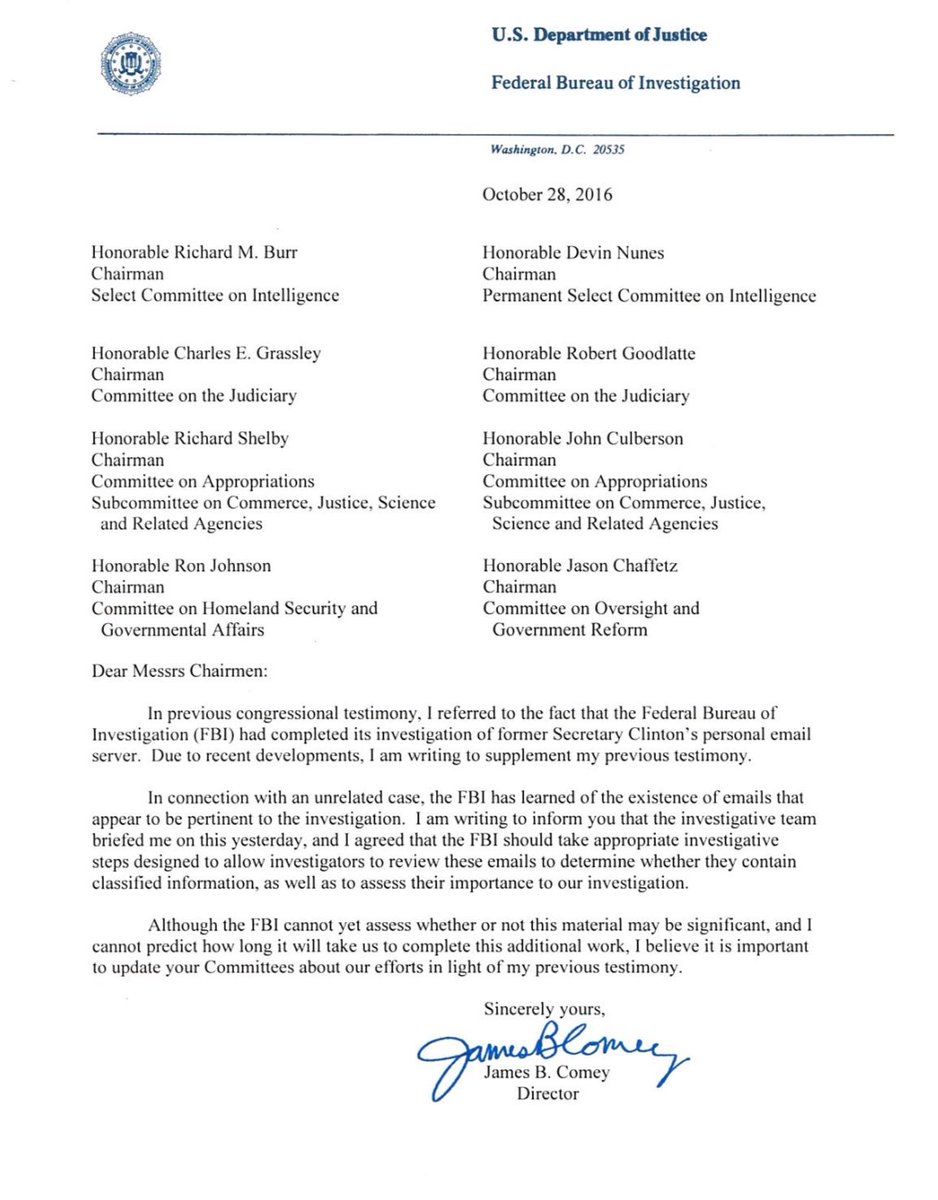Abedin would use this procedure for printing documents when she received emails she believed Clinton needed to see and when the Secretary forwarded emails to her for printing. Abedin told the FBI she would often print these emails without reading them. Abedin printed a large number of emails this way, in part because, investigative records show, other staff members considered her Clinton’s “gatekeeper” and often sent Abedin electronic communications they wanted the Secretary to see.
This procedure for printing documents, the government official says, appears to be how the newly discovered emails ended up on the laptop shared by Abedin and her husband. It is unclear whether any of those documents were downloaded onto the laptop off of her personal email accounts or were saved on an external storage device, such as a flash drive, and then transferred to the shared computer. There is also evidence that the laptop was used to send emails from Abedin to Clinton; however, none of those emails are the ones being examined by the FBI. Moreover, unless she was told by Abedin in every instance, Clinton could not have known what device her aide was using to transmit electronic information to her.
If the FBI determines that any of the documents that ended up on the shared device were classified, Abedin could be deemed to have mishandled them. In order to prove that was a criminal offense, however, investigators would have to establish that Abedin had intended to disclose the contents of those classified documents, or that she knew she was mishandling that information.









